In an era marked by rapid advancements in aviation technology and a soaring demand for commercial pilots, one crucial sector is quietly confronting a deeply concerning shortage: missionary and humanitarian flight operations. While commercial airlines and private charters are experiencing an influx of interest from aspiring aviators, a dwindling number of young pilots are stepping forward to embark on the unique, challenging, and often self-sacrificial journey of missionary aviation.
The Vital Role of Missionary Aviation
Missionary flight operations serve as a lifeline for isolated communities scattered across the globe. From remote islands in the tranquil Pacific Ocean to the dense, rugged jungles of Papua New Guinea, and even the vast, inaccessible regions of Borneo and East Africa, missionary aircraft play a pivotal role. They transport vital medical supplies, facilitate emergency medical evacuations, and deliver hope to those living in areas where the absence of roads renders access nearly impossible. Organizations such as Mission Aviation Fellowship (MAF), JAARS, and Helimission have been at the forefront of these essential services for decades, tirelessly working to connect the disconnected. However, despite their noble missions and impactful work, they are increasingly facing a pressing pilot recruitment crisis that threatens to undermine their efforts.
Why the Decline?
1.Financial Barriers
One of the most significant factors contributing to this decline is the daunting financial barrier associated with flight training. The traditional path to becoming a missionary pilot typically requires obtaining a Private Pilot License (PPL) and then advancing to a Commercial Pilot License (CPL), often supplemented by specialized bush flying and technical training. This journey can easily exceed €40,000 to €70,000 a staggering investment for young individuals, particularly those motivated by humanity rather than financial rewards.
2. Commercial Opportunities Outweigh Humanitarian Work
The burgeoning global pilot shortage, particularly in the commercial airline sector, presents newly qualified pilots with extraordinarily lucrative job prospects. When faced with the stark choice between a stable, well-compensated airline career and a demanding, donation-supported missionary role in remote, sometimes perilous environments, many understandably choose the former, drawn in by the allure of financial stability.
3. Misconceptions About Missionary Aviation
A prevalent myth persists that missionary flying is only suited to seasoned, older pilots or those with specific religious affiliations. This misconception discourages younger, passionate aviators who may not realize the critical importance of their skills in humanitarian missions—skills that are valuable regardless of their background, as long as they align with the mission’s purpose.
Expert Insights
Mission aviation is not just about flying; it embodies resilience, exceptional technical skill, and an unwavering commitment to serving humanity,” states Captain Daniel Foster, a seasoned Medevac and mission aviation expert. “Sadly, fewer young pilots today are willing to exchange the conveniences of modern airports for the rugged challenges presented by jungle airstrips, where every flight can save lives.”
Consequences for Remote Communities
The decline in interest among aspiring missionary pilots has dire repercussions for remote communities. Delays in critical medical evacuations can result in lost lives, while essential food supplies and educational materials struggle to reach those who need them most. In extreme scenarios, entire communities may find themselves isolated, cut off from the support and resources that keep them afloat.
Rekindling Interest: A Call to Action To reverse this troubling trend, aviation organizations, faith-based groups, and governments must collaborate to:
- Offer More Scholarships and Sponsorships:
Create financial pathways for aspiring missionary pilots that alleviate the burden of training costs.
- Raise Awareness: Illuminate the real-world impact of humanitarian flying and inspire a new generation to consider this rewarding career.
- Provide Structured Pathways: Develop clear, mission-focused training routes from PPL to CPL that cater specifically to the needs of missionary aviation.
- Highlight Unique Experiences
Showcase the fulfillment and life-changing experiences that come with serving isolated communities, emphasizing the profound difference these pilots can make in the world.
The aviation community must recognize that missionary pilots are not merely volunteers; they are vital frontline responders delivering hope and essential services to some of the most forgotten corners of the world. If we fail to ignite a renewed interest among the next generation of aviators, the skies over these remote communities may fall silent, leaving countless lives without the support they so desperately need.



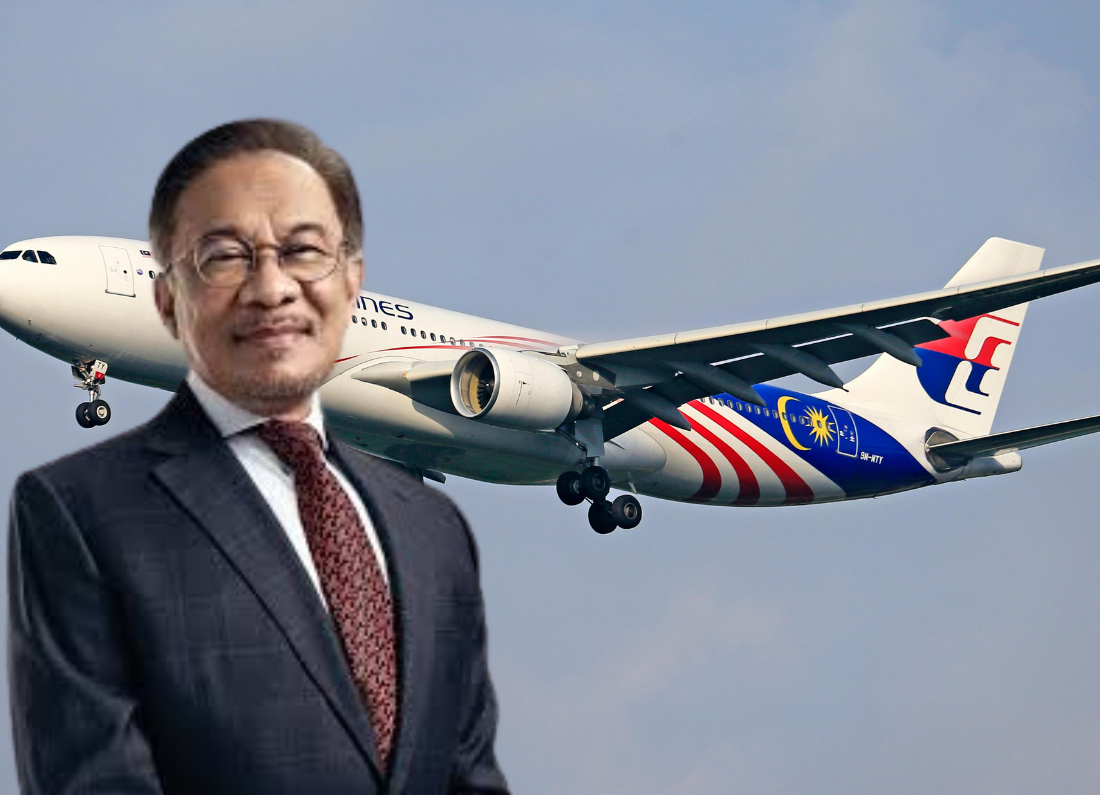

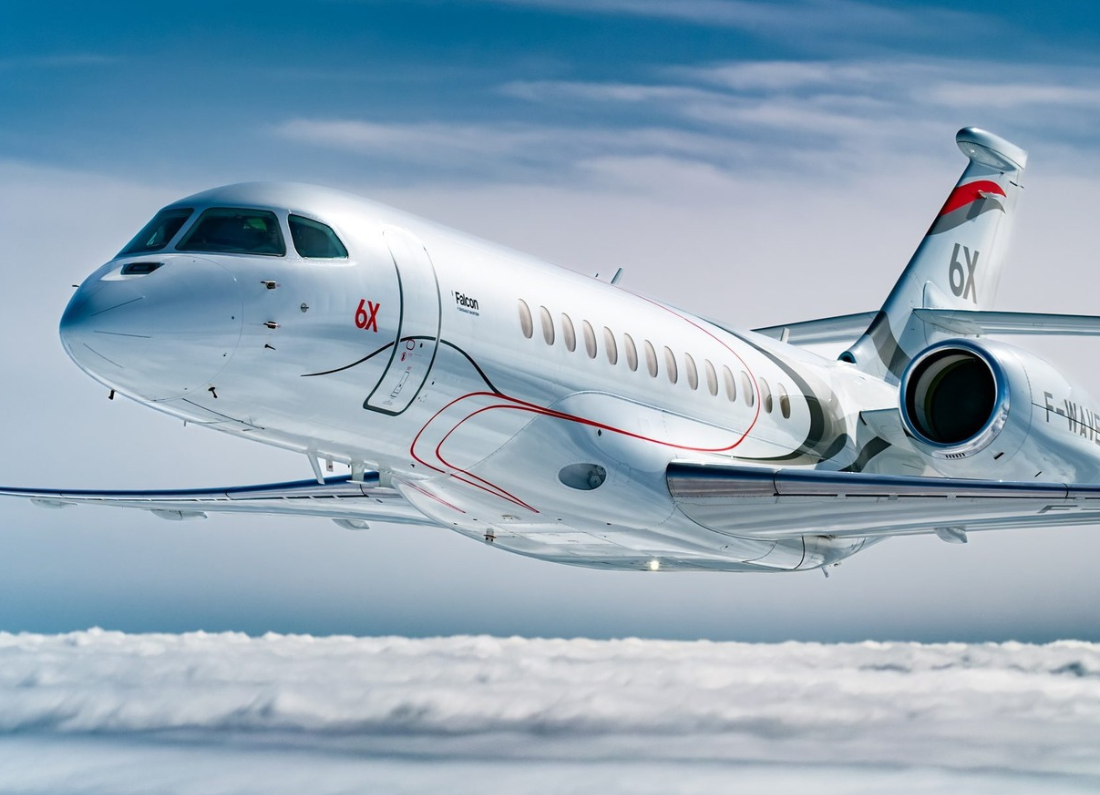
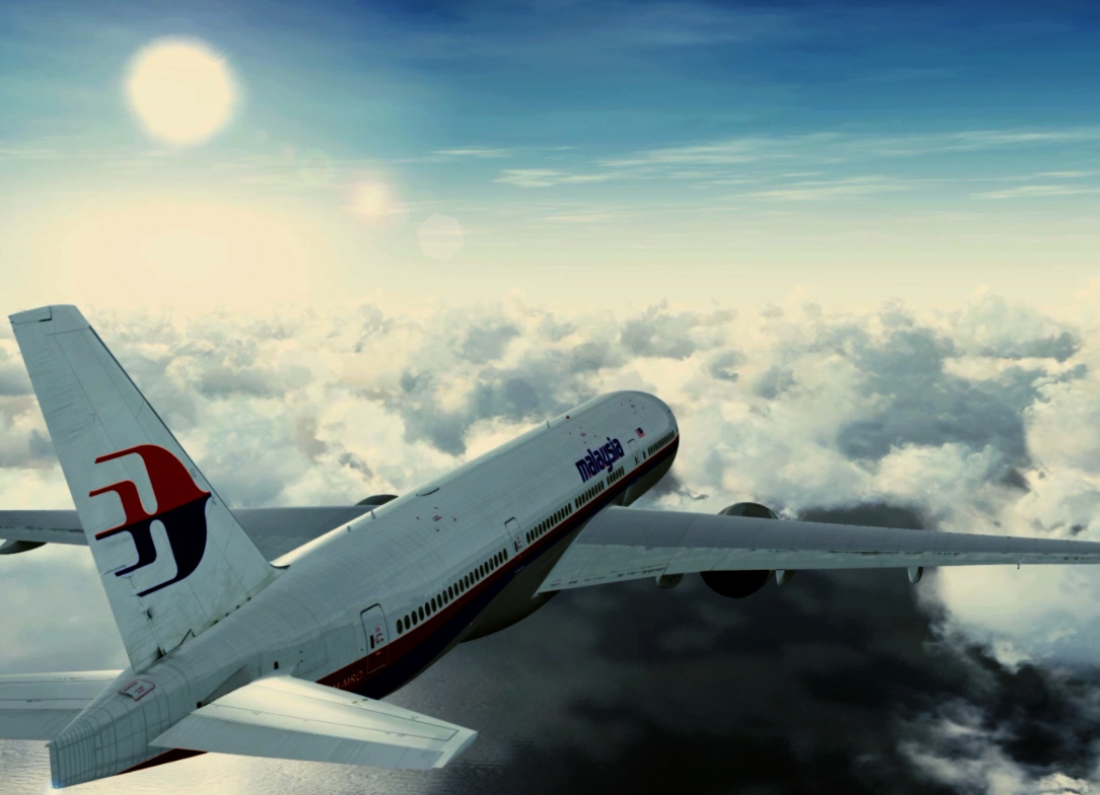
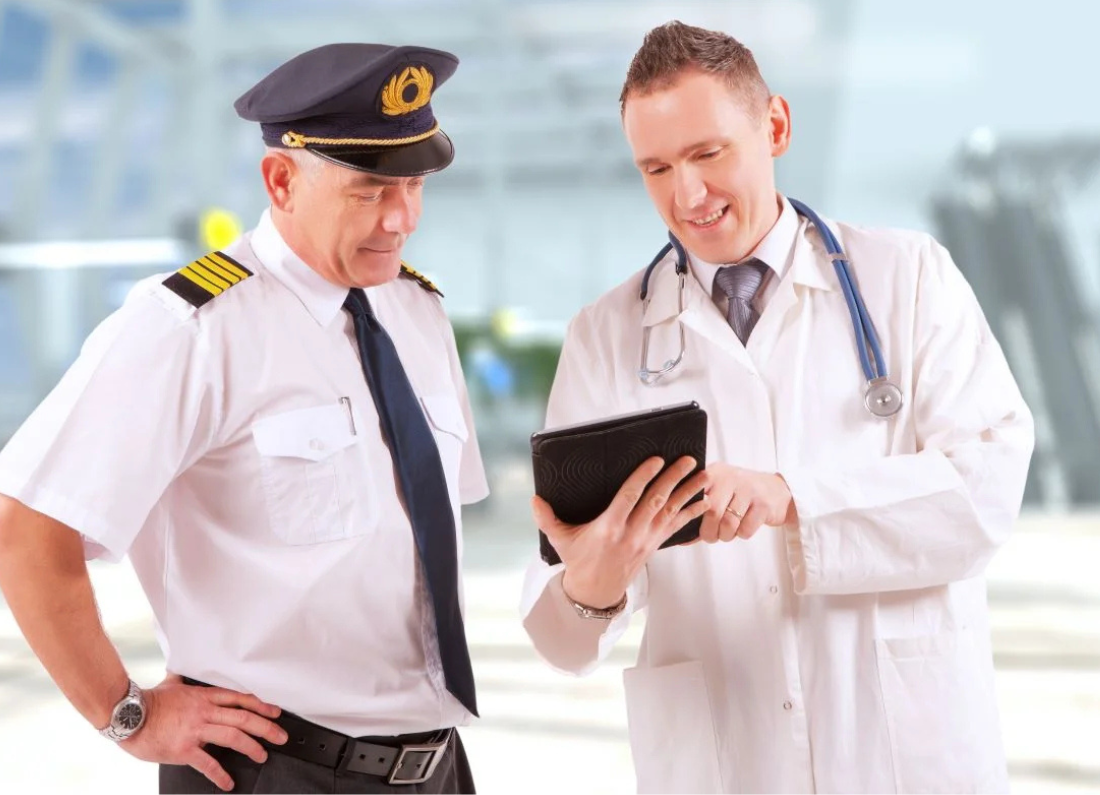
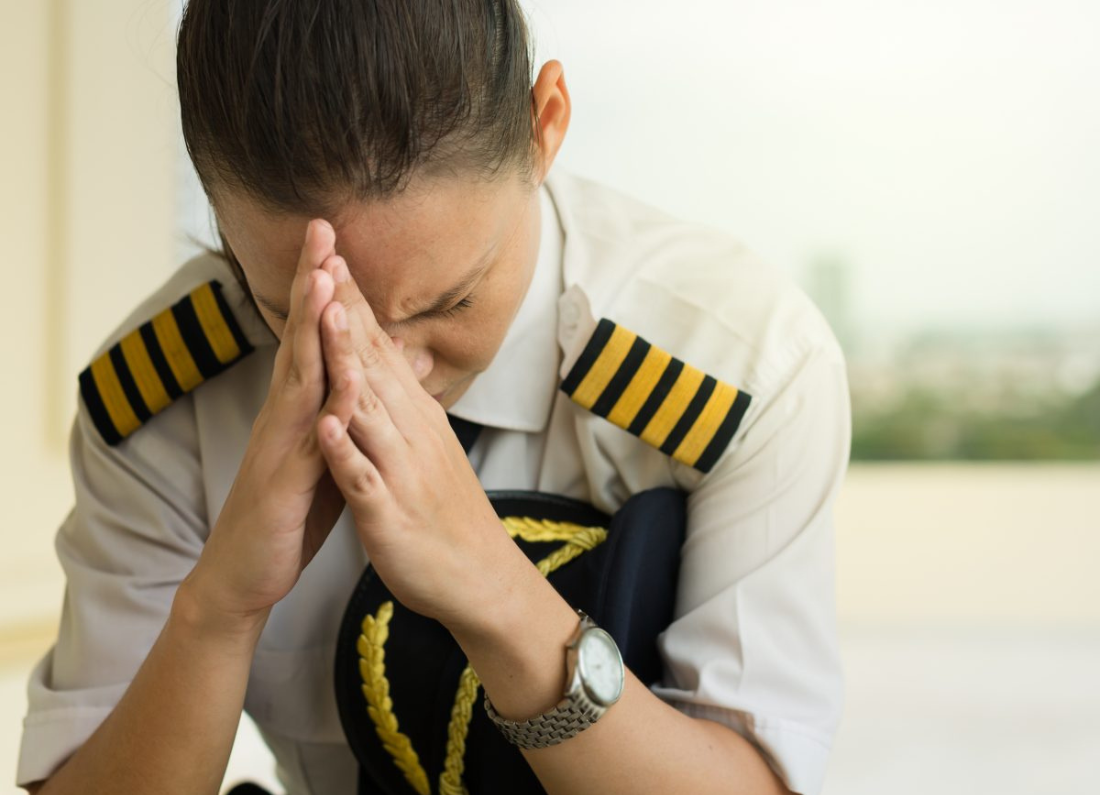




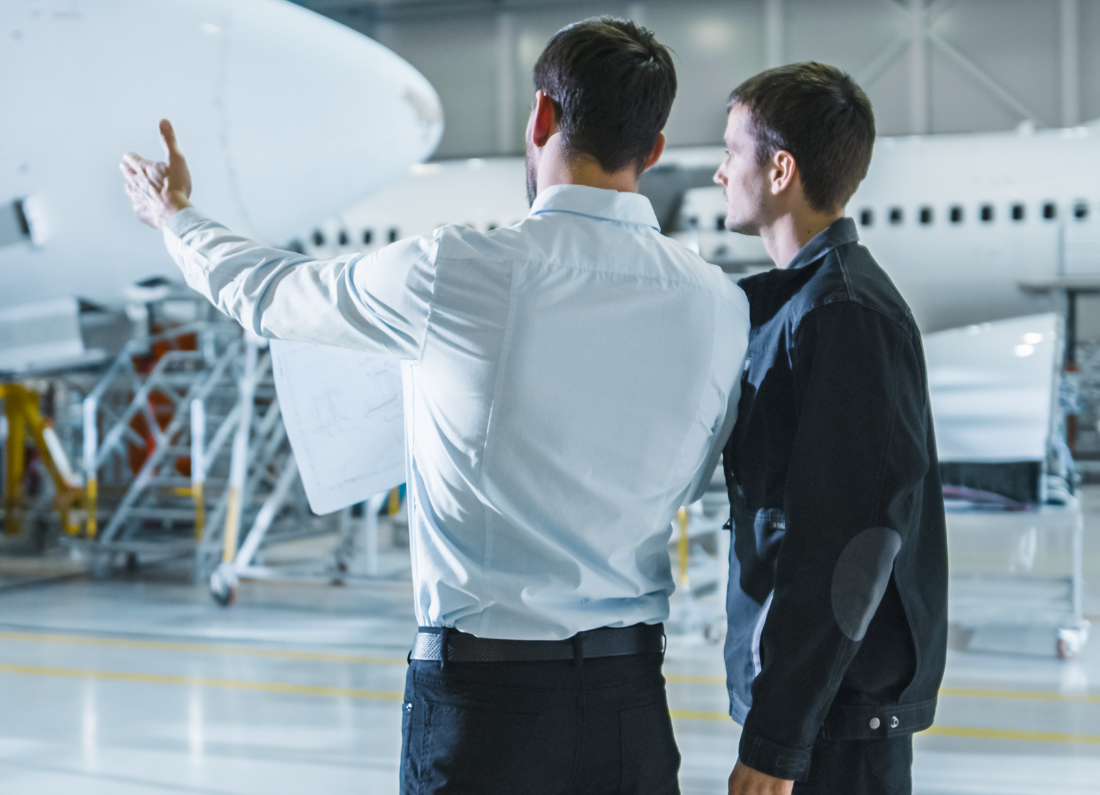



Leave a Reply